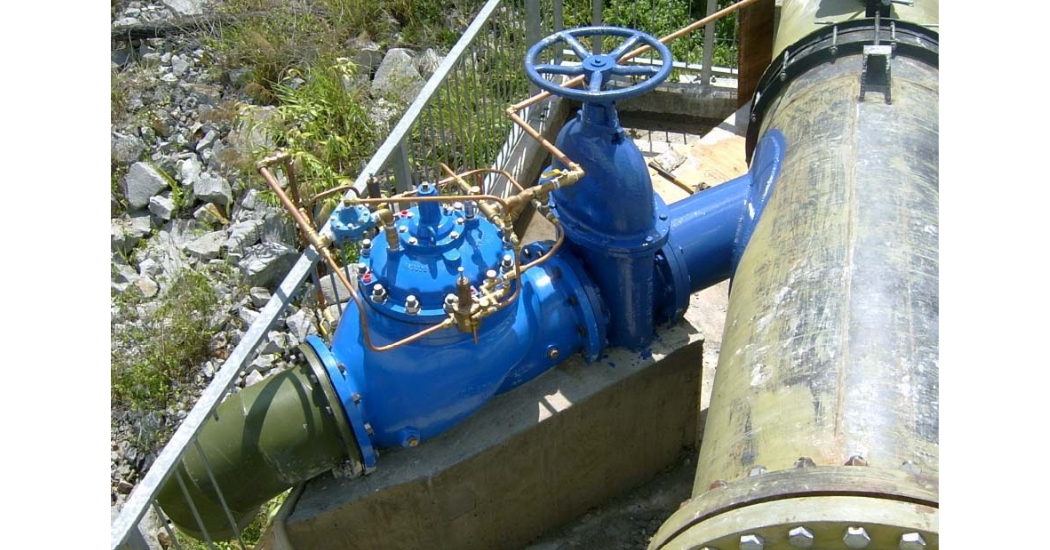Pipe bursts as a result of transients and surges within a piping network are very common problems throughout the world. Not only are the maintenance costs of these repairs extremely expensive, but when you add in possible litigation for third party damages, combined with the potentially significant value (cost) of the lost water, you can quickly realize the significance of what may appear simply as “another pipe burst”. It is common for water utilities that serve a typical population base of 1–1.5 million people to quote pipe burst occurrences between 500– 1,000 incidents per year. Maintenance repair costs quoted at thousands of US dollars per incident are common.
 Surges, or transients, are the result of a rapid change in liquid velocity within a pipeline. This stored energy – released as pressure – can destroy fittings, pipes, valves, instrumentation and pumps. The associated pressure waves travel the length of the pipeline (upstream or downstream), of the offending device (pump, valve, etc.) and then reverse direction. The waves move at a constant speed until they meet a boundary or barrier. The reflected and incident waves superimpose to produce a more complicated wave pattern that includes double-peaks and double- troughs. The consequence of inattention or improper protection from surges or transients could be a “pipe burst” or equipment failure and result in damage, water loss or litigation.
Surges, or transients, are the result of a rapid change in liquid velocity within a pipeline. This stored energy – released as pressure – can destroy fittings, pipes, valves, instrumentation and pumps. The associated pressure waves travel the length of the pipeline (upstream or downstream), of the offending device (pump, valve, etc.) and then reverse direction. The waves move at a constant speed until they meet a boundary or barrier. The reflected and incident waves superimpose to produce a more complicated wave pattern that includes double-peaks and double- troughs. The consequence of inattention or improper protection from surges or transients could be a “pipe burst” or equipment failure and result in damage, water loss or litigation.
Transients, surges and the resulting pipe bursts can be caused by numerous events. Loss of power at a pump station, pump station PLC malfunction, single-speed pump motors without adequate pump control valves, or the rapid closure of gate valves or butterfly valves within the distribution system are a few of the more common causes.
There are a variety of mitigating solutions that can result in a significant decrease in the number and frequency of pipe bursts within a water utility’s distribution or transmission system. This paper focuses on several solutions and offers a brief explanation of the applications and intricacies of the associated equipment. An overview is also given of non-diaphragm operated control valve solutions, along with background information that includes the advantages and disadvantages of the different types of equipment.
Note: This paper does not deal with the analysis of transients or surges (other than a brief overview), as there are numerous experts in this field and substantial information and engineering expertise available.
Just fill out the form below and the download link will appear on this page after you have submitted the completed form.